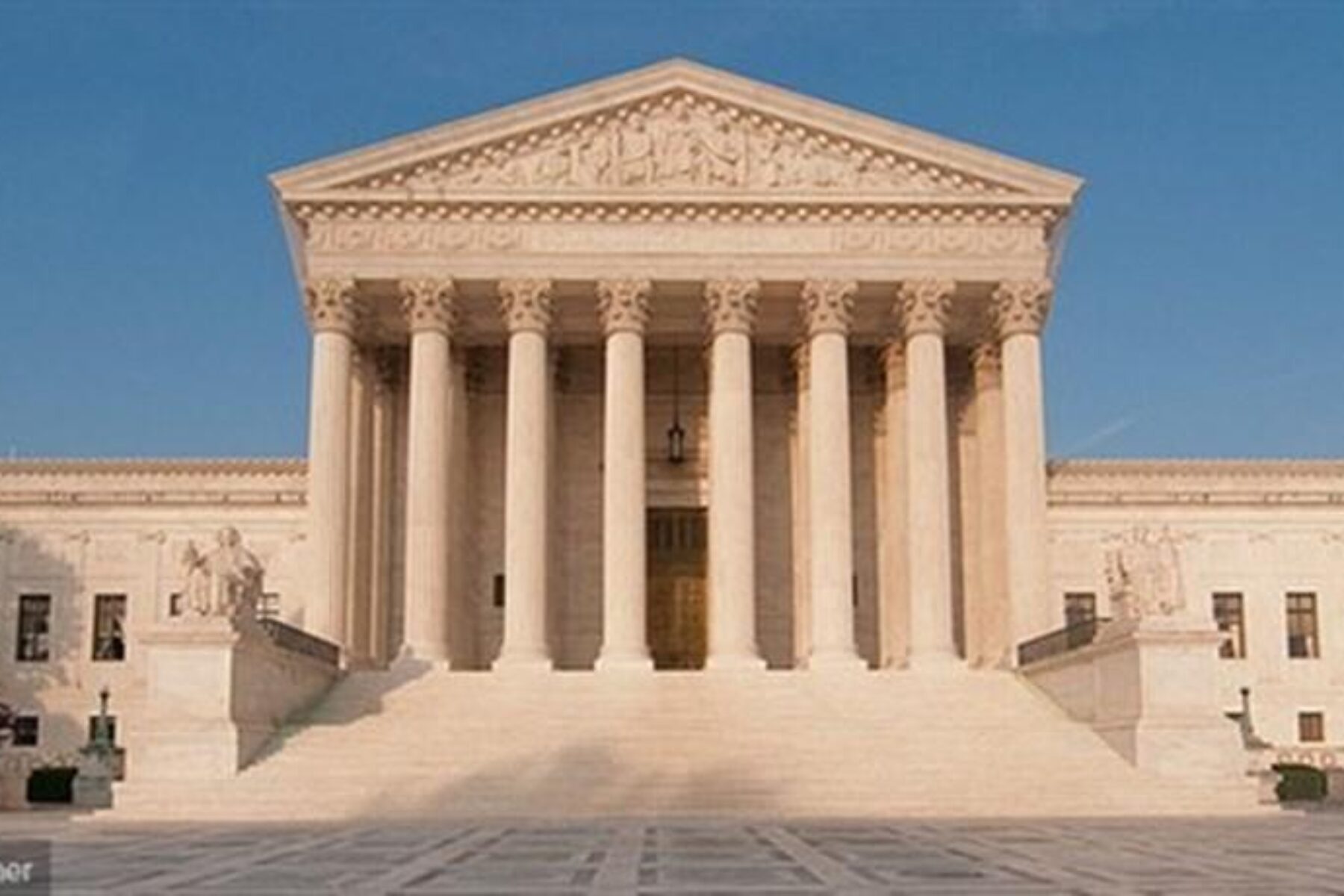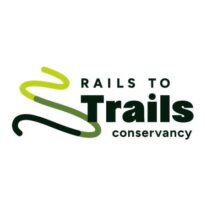What the Marvin M. Brandt Case Means for America’s Rail-Trails

On March 10, the U.S. Supreme Court handed down its decision in the case of Marvin M. Brandt Revocable Trust et al. v. United States. The issue in this case was whether the federal government retains an interest in railroad rights-of-way that were created by the federal General Railroad Right-of-Way Act of 1875, after the cessation of railroad activity on the corridor.
The Brandt property lies along the corridor of the Medicine Bow Rail Trail in Wyoming, a former disused rail corridor inside Medicine Bow National Forest that was converted into a public trail.
As the only national organization in America solely committed to defending the preservation of former railroad corridors for continued public use, Rails-to-Trails Conservancy (RTC) filed an “amicus brief” in December 2013 supporting the established legal precedent that says the United States does retain an interest in the corridor.
Last week, the Supreme Court ruled 8 to 1 in favor of Marvin Brandt. While RTC is disappointed by the decision, after examining the details of its potential impact, we believe that the vast majority of rail-trails and rail-trail projects will not be directly affected. Existing rail-trails or trail projects are not affected by this decision if any of the following conditions are met:
- The rail corridor is “railbanked.” (This is the federal process of preserving former railway corridors for potential future railway service by converting them to multi-use trails.)
- The rail corridor was originally acquired by the railroad by a federally granted right-of-way through federal lands before 1875.
- The railroad originally acquired the corridor from a private land owner.
- The trail manager owns the land adjacent to the rail corridor.
- The trail manager owns full title (fee simple) to the corridor.
- The railroad corridor falls within the original 13 colonies.
The ruling only affects non-railbanked corridors that were created from federally granted rights-of-way through the 1875 Act. And we know that most railroad corridors created under this federal law are located west of the Mississippi River.
Because there isn’t a federal database on federally granted rights-of-way, it isn’t possible to answer exactly how many miles of corridor this applies to. What we can say is that, unfortunately, the ruling will likely increase future litigation over these corridors. We anticipate more cases in the future in which the federal government will be forced to compensate adjoining landowners in order to maintain public access to some well-loved trails.
This can be a significant challenge for the trail community. We need to ensure that fear of lawsuits does not deter people from moving forward with trails that communities need and have a right to build.
The Supreme Court remanded the case back to the 10th Circuit Court, where RTC’s legal team will work to narrow the ultimate impact of the Supreme Court’s ruling.
Since 1986, RTC’s legal program has fought to preserve rail corridors as public recreation and transportation assets at the local, national and federal levels in more than 50 cases, as well as before Congress and administrative agencies. RTC is the foremost, and often the only, legal advocate for rail-trails in the United States, work that is fully funded by RTC members.

Donate
Everyone deserves access to safe ways to walk, bike, and be active outdoors.
